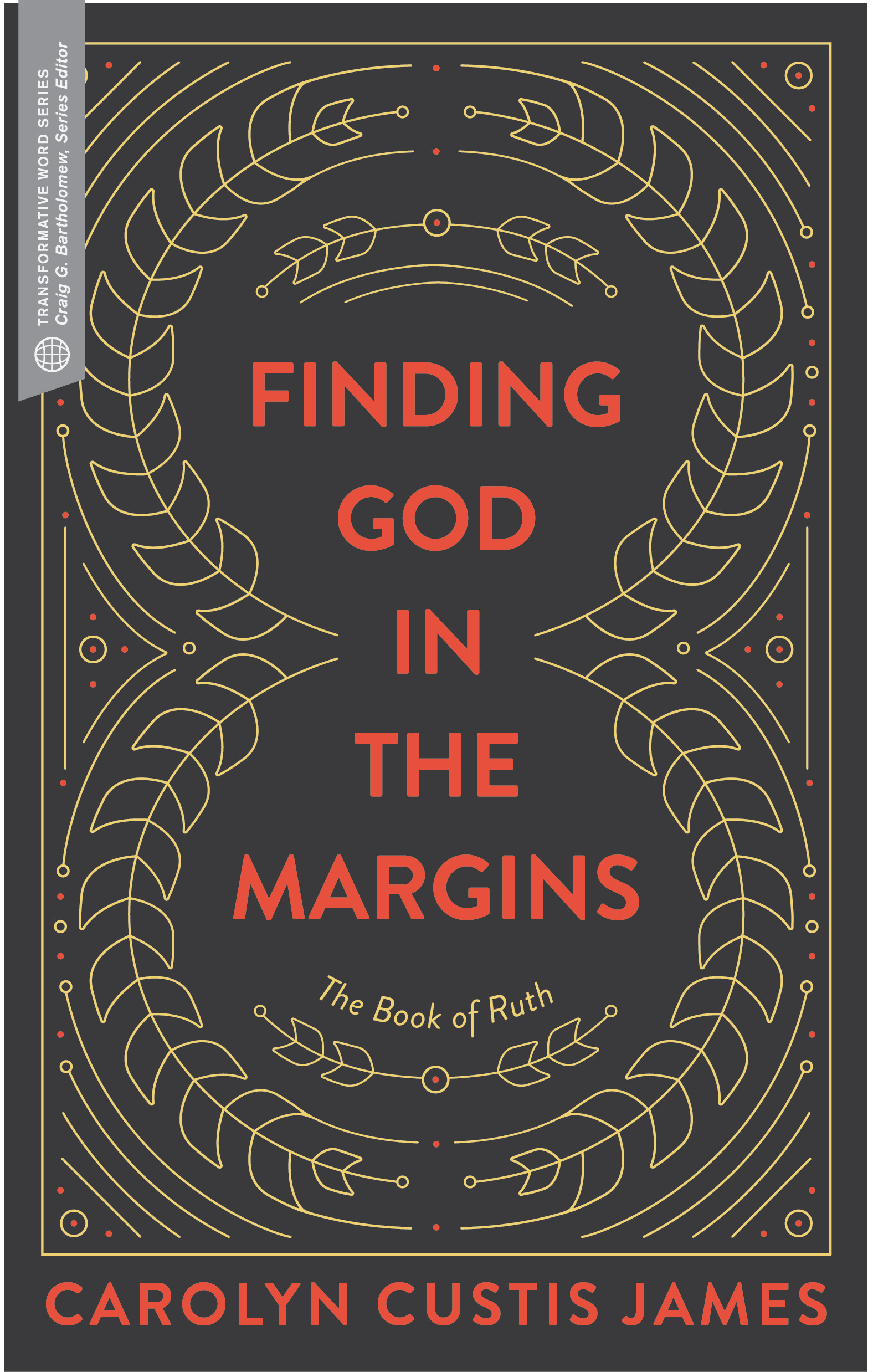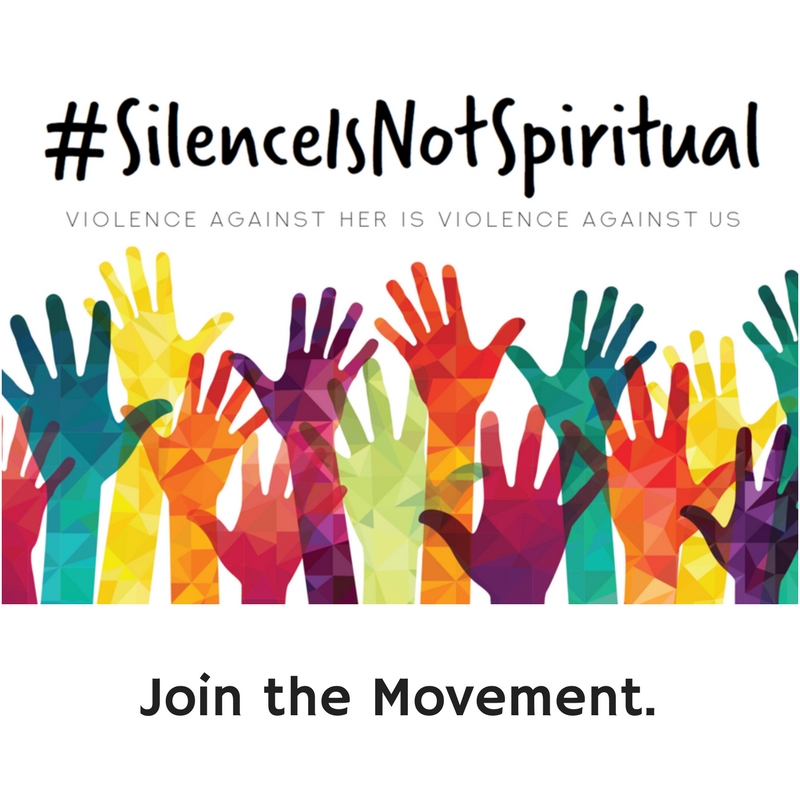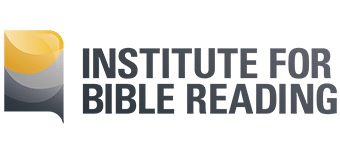
The United Nations established November 25 as the official International Day for the Elimination of Violence Against Women. It begins a sixteen day initiative of activism to end this global pandemic. They put substance behind this commitment by defining “10 ways you can help end violence against women, even in a pandemic.”
They’ve labeled violence against women and girls as “The Shadow Pandemic.” It often flares up in the shadows—behind closed doors in homes, the workplace, and other secluded spaces. All too frequently the abuser is an intimate partner or someone the victim trusts or who simply has more power. Considering the debilitating trauma and the fear that no one will take her word over his, this kind of violence is extremely difficult and risky to report.
Violence against women and girls has been with us since the fall of humanity. It can be verbal, emotional, spiritual, sexual, or physical. Yet all stem from an abuse of power and take a terrible often life-diminishing toll on the victim. The UN’s focus is on women and girls. But plenty of men and boys are victimized by the brutality and violence of other men.
Outrage and the resolve to address this pandemic come in waves and can easily diminish as other pressing global problems turn our attention elsewhere. In 2018, the #MeToo and #ChurchToo movements revealed that this Shadow Pandemic has infected the American Christian church at epidemic levels. That revelation instilled in many women and men a determination never to let the matter drop. Then, in 2020, the Coronavirus pandemic turned the world’s attention to Covid. Not only did that detract from mounting attention on #MeToo and #ChurchToo abuses, Covid-19 has had a significant adverse impact on violence against women
According to the United Nations report,
“As countries implemented lockdown measures to stop the spread of the coronavirus, violence against women, especially domestic violence, intensified – in some countries, calls to helplines have increased five-fold.”
Thankfully, we now have important, well-written resources designed to educate us to the complexities of this pandemic and to expose and prevent the abusive and dysfunctional patterns that protect abusers and re-abuse the victims all too frequently inside the church. The courage it took for these three women to step forward and tell their stories is hard to fathom. Their stories are disturbing. Tragically, justice is not always served—not even in the church. We do well to honor their sacrifice by listening and learning from them.

What is a Girl Worth?” is perhaps the most comprehensive treatment of sexual abuse against women and girls in secular and religious contexts. Attorney and former gymnast Rachael Denhollander was first to raise allegations of sexual abuse against USA Gymnastics team doctor Larry Nassar (now serving a life sentence). She tells her own story of abuse, the long-term impact of the trauma, fear that no one would believe her, and the whole saga of Larry Nassar’s trial.
Her courage empowered 250 other gymnasts to speak up providing insurmountable evidence in the case against Nassar for his crimes.
She doesn’t stop there. She brings what she learned to church, educating readers about the trauma triggered when pastors and church leaders make disparaging remarks about and blame women in the Bible who were sexually abused. She is candid about the evangelical church’s mistreatment of victims who come to them for help. Her book can be a big step toward healthy change.

Author Christa Brown is also an attorney and an activist working to address and prevent clergy sexual abuse. As a teenager, she was groomed and sexually abused by her Southern Baptist youth pastor. It wasn’t until she reached adulthood that she realized what happened to her was abuse.
This Little Light: Beyond a Baptist Preacher Predator and His Gang is her story of bringing the truth to light, of being disbelieved, blamed, and mistreated by SBC leaders, yet staying in the fight to prevent other young girls and boys from being abused.
At the time of her book’s publication, her abuser was still in ministry. So her fight for justice continues and for new protective procedures to protect the vulnerable and prevent further abuse from happening.

Mary DeMuth was a helpless little five-year-old, when a group of teenage boys repeatedly raped her. The violence against her was compounded by the failure to respond of grown-ups she turned to for help and who should have been protecting her. I grieved and wept for little Mary as I read her story and was outraged that no one intervened to stop the horror.
Mary’s love for the church turned her pain into action. She tells her story with the ultimate goal of providing the church with a way forward. Her book We Too: How the Church Can Respond Redemptively to the Sexual Abuse Crisis achieves that objective.
This invaluable resource will enable us to respond to sexual abuse survivors with compassion and wisdom and to involve proper authorities—both legal and counseling professionals— who are responsible and trained to address abuse allegations without making a bad situation worse.
Admittedly all three books were hard for me to read. But then this is not the time us to remain ignorant of what is happening. These eye-opening books are indispensable resources that will aid the church and motivate us all to engage this pandemic battle. May we never rest until global violence against women ends for good. This is must reading for every pastor, elder, ministry leader, seminarian, and anyone who care about the flourishing of women and girls.














